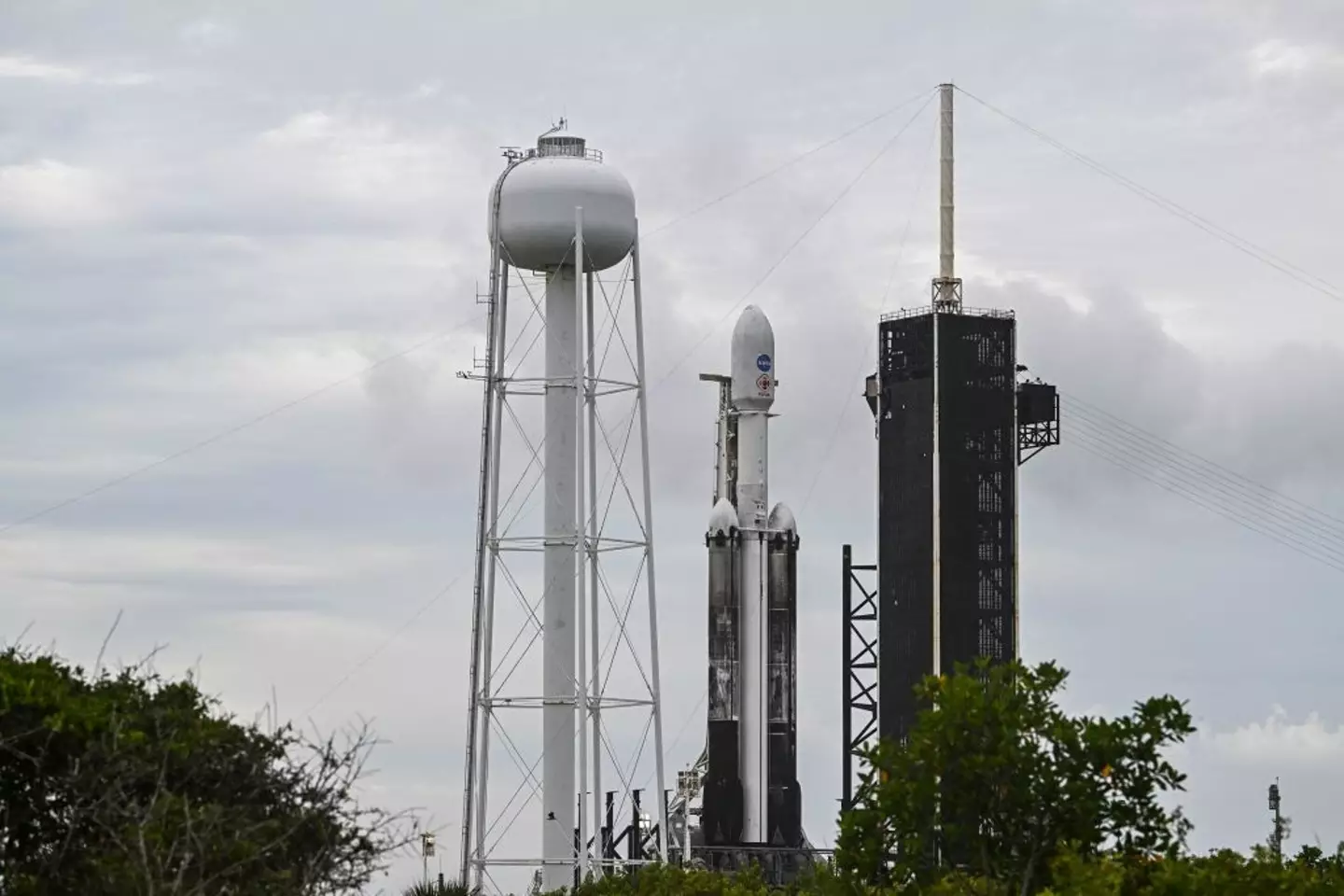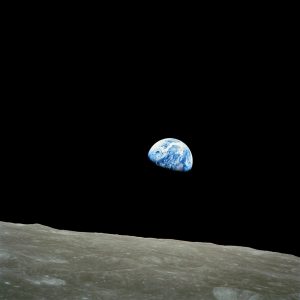
NASA has given an update on its mission to capture an asteroid worth $10,000 quadrillion.
Last year, the space agency announced it would head for the distant asteroid called 16 Psyche, which is thought to contain precious metals, including gold, iron and nickel, of great value.
“Teams of engineers and technicians are working almost around the clock to ensure the orbiter is ready to travel 2.5 billion miles to a metal-rich asteroid that could tell us more about planetary cores and how planets form.” , NASA said in a statement released in July 2023.
The spacecraft was then launched from NASA’s Kennedy Space Center in Cape Canaveral, Florida, on October 13, 2023.

The mission began in October. (CHANDAN KHANNA/AFP via Getty Images)
The spacecraft has traveled a journey of 2.2 billion miles (3.5 billion km) at a speed of about 84,000 mph through space and is expected to reach the asteroid in August 2029.
In the latest update, the spacecraft is now in ‘full cruise’ mode and will use what NASA calls its ‘science fiction-worthy’ thrusters to expel xenon ions.
NASA explains: “By next year, the spacecraft will be in what mission planners call ‘full cruise,’ when its electric thrusters take over and push the orbiter toward the asteroid belt.
“The thrusters work by ejecting charged atoms, or ions, of xenon, emitting a brilliant blue glow that follows the spacecraft.”
As the ions are ejected, they will create a thrust that over time will allow the spacecraft to accelerate up to 124,000 mph.
After reaching the asteroid, the spacecraft will spend two years orbiting the rock formation, gathering important data.
After that, the spacecraft is then scheduled to approach Mars in May 2026 for a little gravity boost meant to boost its momentum.
This will put the spacecraft on course for its final destination – with the mission scheduled to reach its conclusion in November 2031.
According to NASA, the asteroid is 173 miles (280 km) wide and 144 miles (232 km) long, while its surface is 64,000 square miles (165,800 sq km).
And it’s the sheer size of the asteroid that made NASA decide to go ahead with the mission.
Nicola Fox, associate administrator for NASA’s science mission directorate, explained: “Psychiatry is by far the biggest, and that’s why we want to go to it.

A model of the metal-rich asteroid (CHANDAN KHANNA/AFP via Getty Images)
“Because the smaller ones are more likely to have been changed by the things that affect them, while the big one, we think, will be completely unchanged.”
Many have wondered what would happen if NASA were able to bring the asteroid back to Earth.
If it could, every person on the planet would basically become billionaires.
However, in reality, if scientists were to implement this plan, it could bring down the world economy – just like if every living person won the first prize of the lottery.
Featured image credit: NASA
Topics: NASA, Space
#NASA #Status #Update #Asteroid #Capture #Mission
Image Source : www.unilad.com


